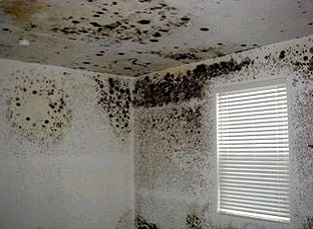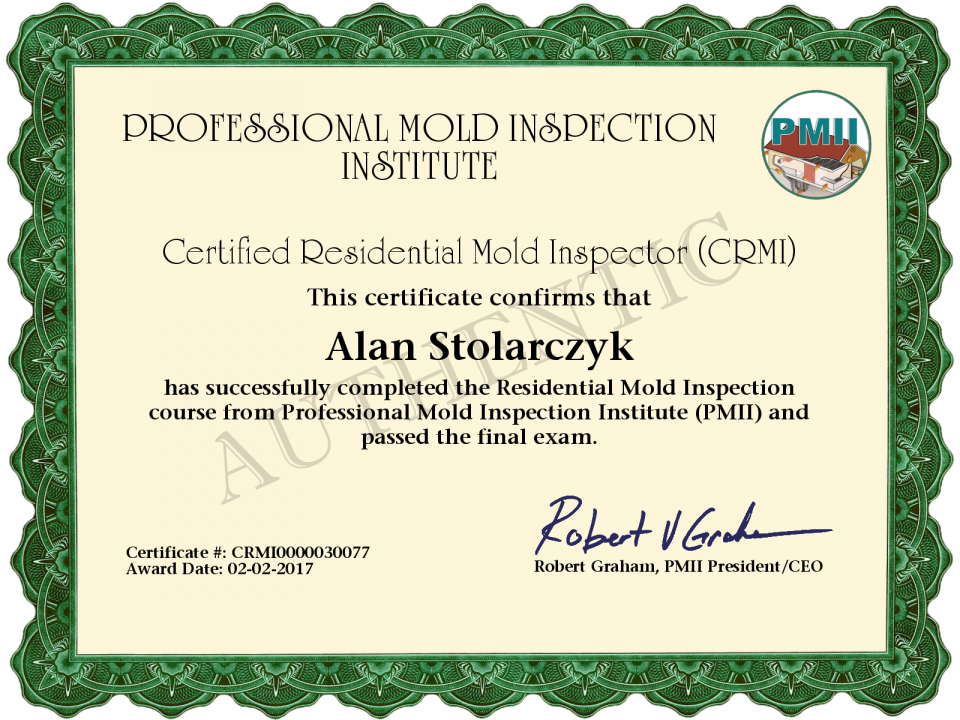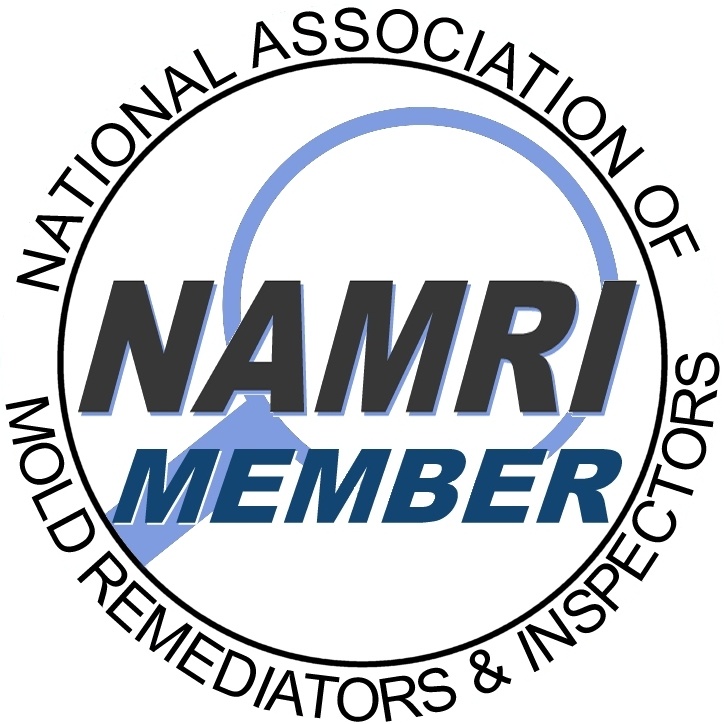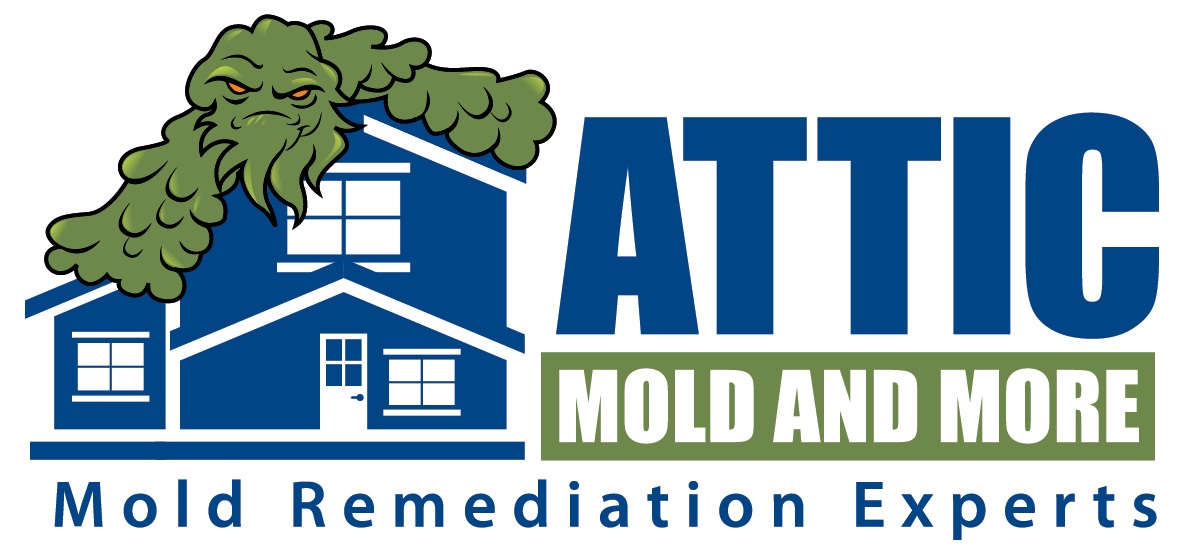What is mold?
What is Mold?
Molds are a group of microorganisms that are a part of the Kingdom fungi and reproduce by spores. (The Fungi Kingdom also includes yeasts, mushrooms, etc.).
It is estimated that there are over 100,000 mold species globally, most of which have not been classified, and at least 1,000 different species common in the United States.
All Mold is Bad, Right?
Not necessarily! In fact, mold serves an essential part of our ecosystem to break down dead organic matter such as dead leaves, trees, etc. Without mold, the earth would be covered in biomass. Mold is also engineered to make certain cheeses and antibiotics like Penicillin.
Mold is a part of the natural environment. It is found outdoors and indoors in just about every environment, including your home and office. (There are notable exceptions where mold would not be found such as a sterile hospital room for organ transplants.).
Yes, mold is in your home, our home and everyone else’s home. It is only when mold is found in elevated or concentrated levels that it can become a problem.
OK, you said that mold is only a problem when it is found in elevated amounts. How much mold is considered “elevated”?
There are currently no federal guidelines or national standards determining what levels of mold risk pose a health risk. Every person responds to mold differently.
But there is a general consensus that mold counts should be lower indoors than outdoors (i.e. lower than the outdoor air that you breathe in everyday). However, this is just a general rule and there are many, many factors – such as the weather outdoors which influence mold counts and the occupants’ health profile (i.e. some people are more predisposed to symptoms of mold such as asthmatics) – that make it impossible to determine if there is a risk associated with mold from identifying mold count levels alone.
That said, you should not see visible mold growth in your home. Once it becomes visible on drywall, wood, etc., mold counts are elevated beyond a “normal” indoor environment. But also keep in mind that mold can be hidden behind walls, in duct work, etc. and you can have elevated mold counts without actually being able to see visible mold growth with the naked eye.
What is required for Mold Growth?
Mold requires three things to grow:
- Organic food source. (Includes most building materials such as wood, drywall, insulation, etc.)
- Water source. (e.g. flooding, leaks, condensation, etc.)
- High relative humidity (Above 60% is ripe for mold growth. Keep below 50% to be safe.).
Since organic food can be found just about anywhere, the easiest and most effective way to control mold growth is by eliminating any unwanted water sources.
Mold growth can occur in as little as 24-48 hours under the right conditions.
How do I know if its mold or if I have a Mold Problem?
Mold can be many different colors: yellow, green, white, gray, black, brown, etc. It may look furry, slimy, or powdery.
Usually, you can see or smell mold. If you can see it or smell it, this normally means you have elevated amounts of mold.
But mold growth can also be hidden. If you are not sure, contact a Mold Remediation and Mold Inspection Professional.
All Molds are toxic, right?
Not all molds are toxic and some molds serve a useful purpose such as breaking down biomass, as noted above. But there are molds that can produce toxins (specifically mycotoxins), which can pose a health risk.
It is virtually impossible to tell what type of mold you see without using a microscope and proper training. Mold comes in a variety of shapes, and colors. So called “Black Mold” that is often discussed in the media is not a species or specific kind of mold. There is also not a “Toxic Mold” species either. When the media talks about “black mold”, they are often referring to molds that can produce toxins (mycotoxins), such as the groups (genus) of molds known as Stachybotrys.
Why do Molds Stink?!
Molds can produce Volatile Organic Compounds (VOCs). These VOCs often have strong and objectionable odors. A moldy odor indicates that mold growth is occurring and should be investigated.
What are common health effects for individuals exposed to elevated Mold?
The effects of mold exposure to individuals in indoor environments are relatively a recent concern. Thus, further research is ongoing to understand the impact of mold on humans. That said, typical symptoms of mold are thought to be:
- Sneezing
- Coughing
- Eye irritation (Watery , itchy or red eyes)
- Nasal congestion
- Runny nose
- Skin rash
- Difficulty breathing
This list is by no means comprehensive, as there is still quite a bit about mold and its effects that we do not know.
Consult a physician if you believe you or someone close to you is experiencing health problems from mold exposure.
Who is most at risk for elevated Mold Exposure?
- Pregnant women
- Children and infants
- Elderly
- Individuals with immune compromising diseases or conditions (e.g. those with HIV, certain cancers, etc.)
- Individuals with respiratory disorders (e.g. those with Asthma, allergies, etc.)
Anyone who thinks they have symptoms of mold should see a doctor.
For A FREE Estimate, Call Now
508-868-4437
Or Fill Out the Form Below
Request A Free Quote
Got a Mold Problem? Contact us for a free quote!
We’re happy to answer any questions you have about mold removal for free

Our Affiliations







